Key Considerations When Doing a Pavers Project
When embarking on a pavers project, whether it’s for a residential or commercial purpose, there are several crucial factors that can greatly affect the final outcome. These considerations have the potential to impact various aspects, including the overall appearance, durability, cost, and maintenance requirements.
Choice of Material
The type of paver you choose will largely dictate the project’s aesthetic appeal, longevity, and maintenance needs.
Cost
Budgeting for a paver project involves accounting for the cost of materials, labor, and any potential extras or contingencies.
Durability
It’s crucial to select pavers that can withstand the expected wear and tear, especially in high-traffic areas.
Aesthetics
The color, shape, and pattern of the pavers should complement the overall design of your space.
Installation Process
Proper installation is key to the longevity of your paved surfaces. Hence, it’s worth investing in a reputable contractor to ensure a job well done.
Maintenance
Understanding the upkeep requirements of your chosen pavers will help you maintain their appearance over time.
Climate
The local climate may impact the longevity and maintenance of your pavers, so consider materials best suited to your weather conditions.
Types of Materials You Can Choose From
In the vast field of paving, the choice of material can make a significant difference to the overall appearance, durability, and longevity of your project. There are several types of pavers available in the market, each with their own unique set of attributes and benefits. Let's explore some of the most popular options.
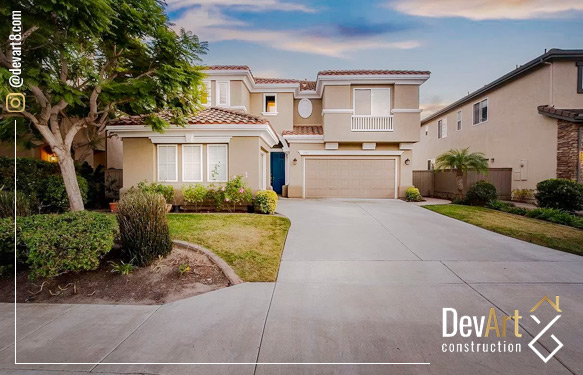
Concrete
Concrete are versatile, durable, and come in a multitude of shapes and colours. They are cost-effective and relatively easy to install. Made from cement and aggregate, these pavers can mimic the look of natural stones, offering a budget-friendly alternative for your paving needs.
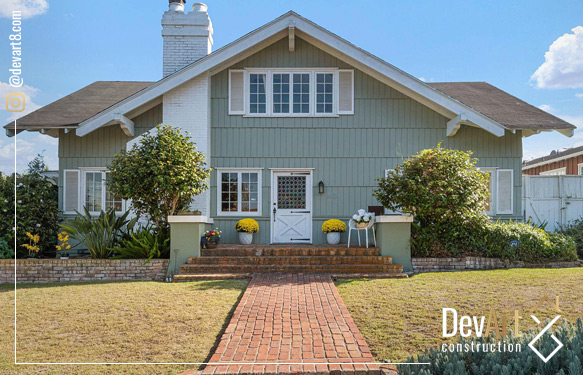
Clay Brick
Clay brick pavers are a classic choice, known for their rich, vibrant colours and timeless appeal. They are kiln-fired, making them extremely durable and able to retain their colour for a long time. Though slightly more expensive than concrete, their longevity and aesthetic appeal make them a popular choice.
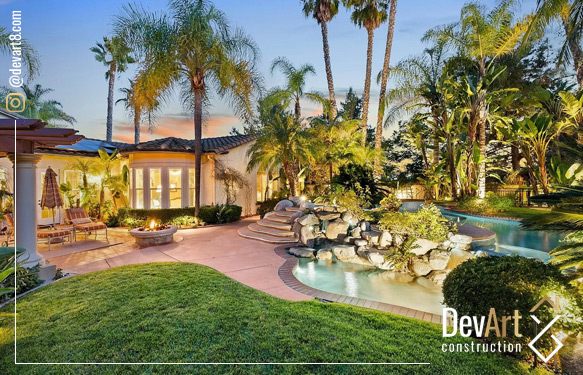
Natural Stone
Natural stone offers unparalleled beauty and uniqueness, as no two stones are exactly alike. They are available in a range of options, including granite, slate, limestone, and travertine. While they are on the pricier end of the spectrum, their resilience, unique aesthetics, and ability to add value to your property make them a worthwhile investment.
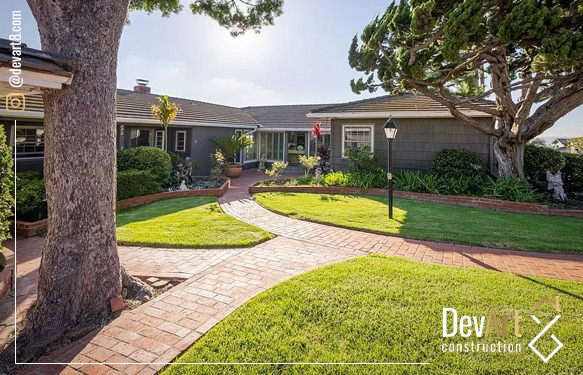
Rubber Pavers
Rubber pavers, made from recycled tires, are an eco-friendly choice. They are durable, resilient, and have excellent shock-absorbing properties. Available in a variety of colours and patterns, they are ideal for playgrounds, patios, and walkways.
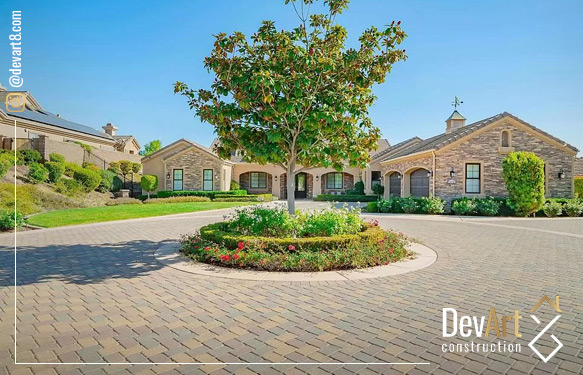
Composite
Composites are made from a combination of recycled materials, making them a sustainable choice. They are lightweight, durable, and resistant to cracking and staining. With a wide range of colours and styles, they can mimic the look of natural stone or brick, offering an eco-friendly alternative for your paving project.
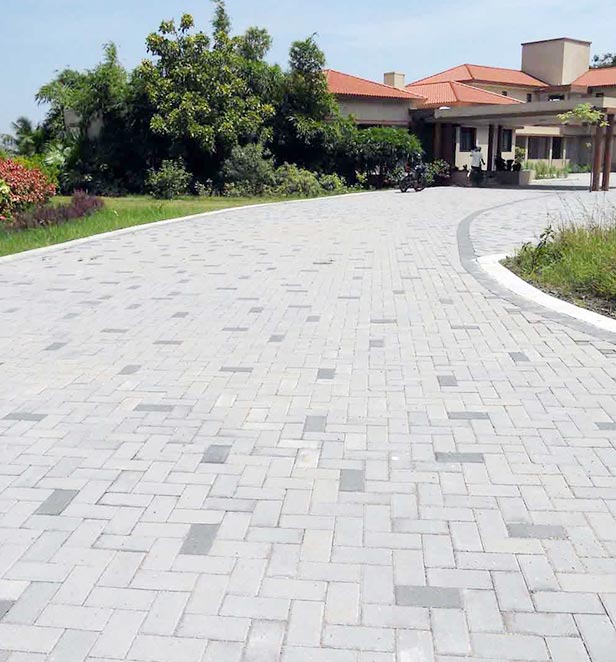
Efficient Pavers Installation in Austin
Ready to transform your outdoor space with a unique, durable, and attractive paving solution? Our team of experts in Austin are ready to assist you in selecting the right materials, designing your project, and ensuring a seamless installation. Don't wait, get started on your dream paving project today by contacting us. Your dream outdoor space awaits!
Austin Pavers Regulations
Various regulations in Austin govern the installation and maintenance of paving projects, ensuring safety, adherence to aesthetic guidelines, and preservation of public spaces. These mandatory requirements apply to all paver projects, whether residential or commercial.
Zoning Laws
These dictate where certain types of paving can be installed.
Permit Requirements
Specific permits may be necessary depending on the size and location of your project.
Building Codes
These specify the construction practices to be followed.
Historical Preservation Ordinances
If your property is in a historic district, additional regulations may apply.
Stormwater Management Guidelines
These govern the design and installation of permeable pavers.
ADA Compliance
If your paving is accessible to the public, it must comply with the Americans with Disabilities Act.
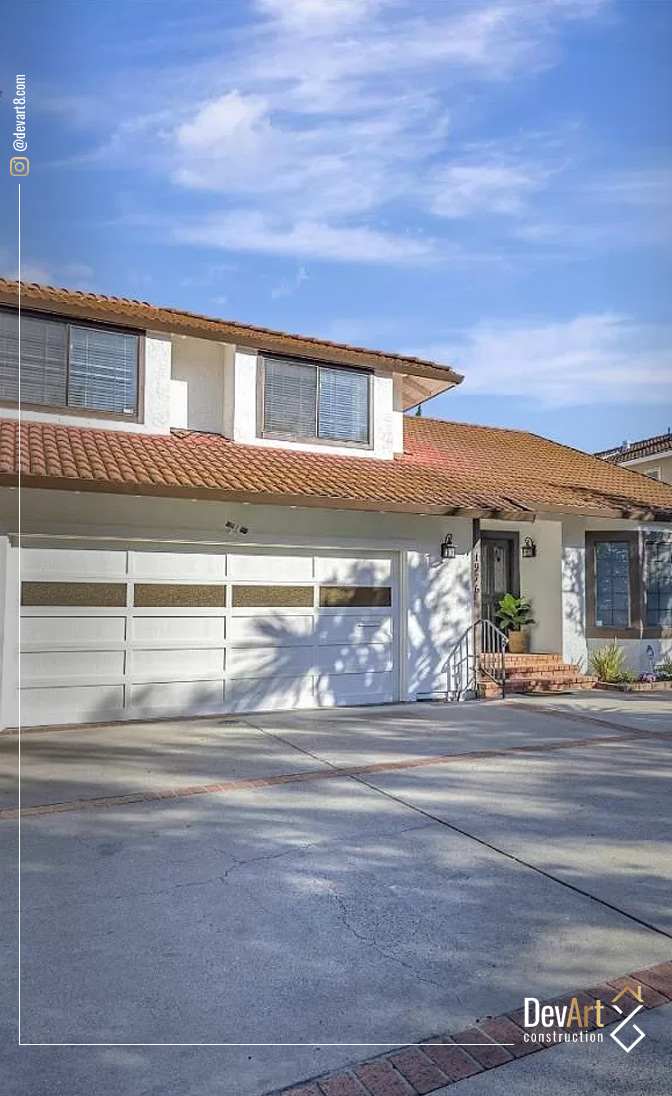
Different Permits Required For Pavers In Austin
Navigating the permit process can be a bit overwhelming. In Austin, specific permits are necessary for different paver projects, depending on where they’re located, their size, and the potential impact on public property. Here’s what you should remember:
| Permit Type | Description | Required for | Exceptions |
|---|---|---|---|
| Building Permit | Required for most permanent structures, including retaining walls, planters, or built-in benches exceeding 24 inches in height. | Any structure exceeding 24 inches in height, retaining walls, or modifications to drainage patterns. | No exceptions. |
| Right-of-Way Permit | Required for any work within the public right-of-way, including sidewalks and street parking. | Any construction or alteration of sidewalks, curbs, street parking, or other public areas. | Private property with no impact on the right-of-way. |
| Land Disturbance Permit | Required for projects involving significant excavation, grading, or soil disturbance. | Projects exceeding 2,500 square feet of disturbed area, projects with significant slope changes, or projects near environmentally sensitive areas. | Small projects with minimal soil disturbance. |
| Tree Removal Permit | Required for removing any tree with a diameter of 6 inches or more at breast height. | Removal of any tree with a diameter of 6 inches or more at breast height. | Dead or diseased trees, trees posing a safety hazard, or certain non-native species. |
| Homeowner's Association Approval | Some neighborhoods have homeowner's associations with specific regulations for modifications to property. | Properties located within a homeowner's association with specific requirements for landscaping and construction projects. | Properties not located within a homeowner's association. |
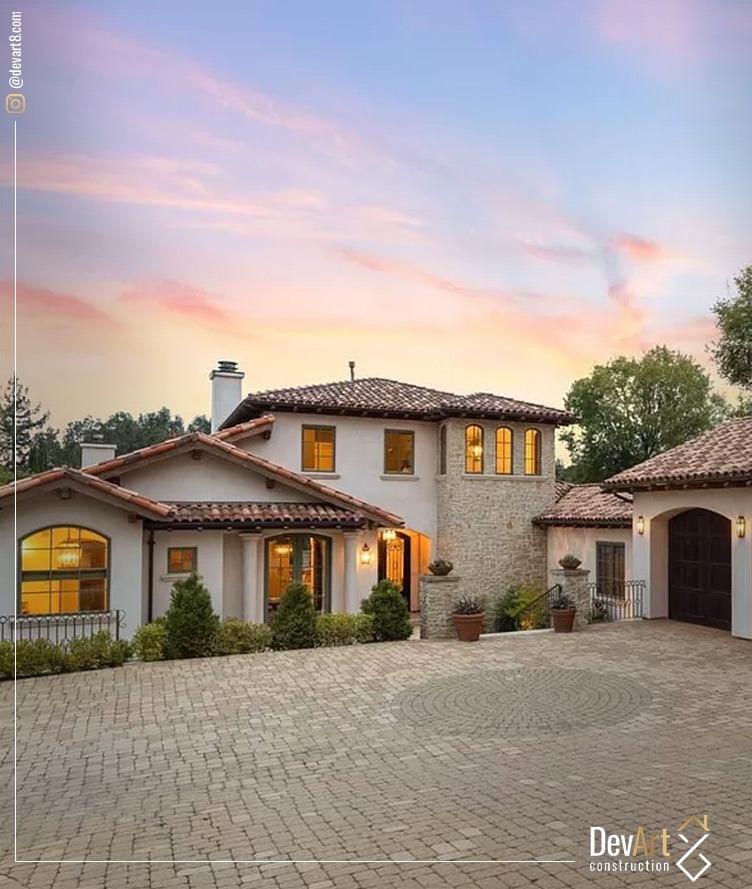
Cost of Installing Pavers in Austin
The cost of installing pavers in Austin can vary significantly based on several factors. These include the type of pavers chosen, the size of the area to be paved, the complexity of the design, and the labor involved. Here, we’ll delve into the costs associated with paver installation to help you plan your paving project budget.
| Cost Component | Description | Average Cost |
|---|---|---|
| Materials | This includes the cost of the pavers themselves, as well as any sand, gravel, or other materials that are needed for the base. | $2,500 - $5,000 |
| Labor | This is the cost of hiring a professional to install the pavers. | $1,500 - $3,000 |
| Base Preparation | This includes the cost of excavating the area, leveling the ground, and installing a base of gravel or crushed stone. | $500 - $1,000 |
| Delivery and Disposal | This includes the cost of delivering the pavers to your home and disposing of any leftover materials. | $200 - $500 |
| Permits and Inspections | In some areas, you may need to obtain a permit before you can install pavers. You will also need to have the work inspected by a building official. | $100 - $300 |
| Company Markup | Most paving companies will add a markup to the cost of materials and labor. This markup can range from 10% to 20%. | 10-20% |
| Total Cost | The total cost of installing pavers will vary depending on the size and complexity of the project, as well as the cost of materials and labor in your area. | $4,800 - $9,800 |
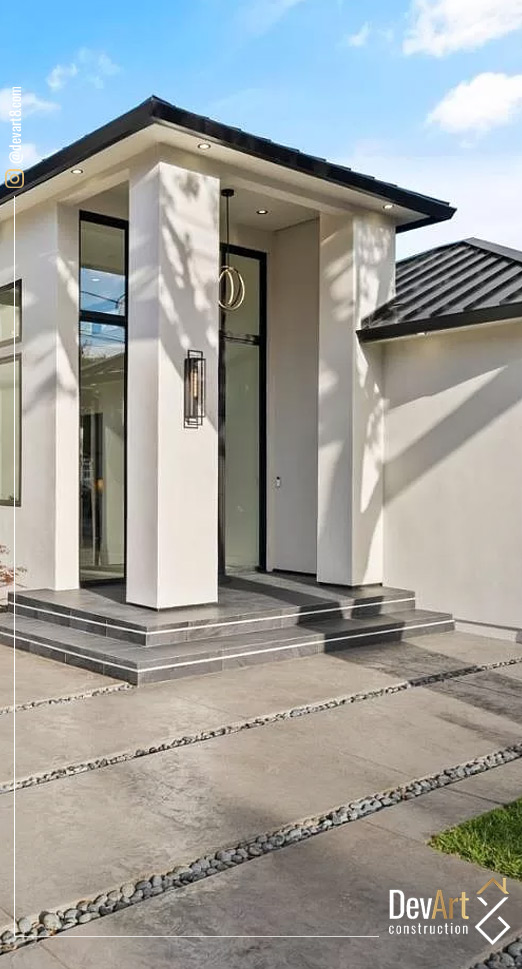
Optional Pavers Design Features
When planning your Austin pavers project, in addition to material, cost, and durability, there are optional design features that enhance aesthetics and functionality. Customize your project to reflect your style, meet your needs, and blend with your property’s design. Consider these key features.
Incorporating Patterns
The arrangement of pavers into different patterns can significantly enhance the visual appeal of your paved area. Whether it’s a herringbone, basketweave, or a circular pattern, the possibilities are endless and can add an extra dimension of interest to your space.
Using Color Gradations
Employing a gradient of colors can give your pavers project a unique touch. This could involve transition from light to dark, or from one hue to another, which can create a striking visual effect and add depth to your design.
Mixing Different Materials
Combining different types of pavers can create a unique and custom look for your project. This approach allows you to play with different textures, colors, and shapes to achieve a design that truly reflects your personal style.
Adding Borders or Accents
Borders or accent pavers can be used to frame your paved area, define different zones, or highlight specific features in your landscape. They can be the same type of pavers in a contrasting color or a completely different material, adding a touch of sophistication to your design.
Integrating Lighting
Incorporating lighting into your pavers project not only enhances visibility and safety but also accentuates the beauty of your paved area. Whether it’s undercap lighting for seat walls, pathway lighting for walkways, or accent lighting for special features, the right lighting can elevate your outdoor space to a whole new level.
Our Pavers Installation Process
Our Austin pavers installation process is meticulously designed to ensure quality, efficiency, and customer satisfaction. We follow a systematic progression of steps that align with industry standards and best practices, and our experts are committed to delivering a superior finished product. Here’s an overview of our process:
Initial Consultation
We begin by discussing your project, understanding your preferences, and assessing the site.
Design Phase
Our team creates a customized design for your approval, incorporating your desired features and aesthetics.
Preparation
We properly prepare the site, ensuring a solid, even base for the pavers to prevent future issues.
Installation
Our skilled pavers are installed with precision, ensuring each paver is properly placed and aligned.
Finishing
After installing the pavers, we apply finishing touches such as sealing and cleaning to enhance their durability and appearance.
Final Review
We conduct a final walkthrough with you to ensure your complete satisfaction with our work.
FAQs
Start Your Project





